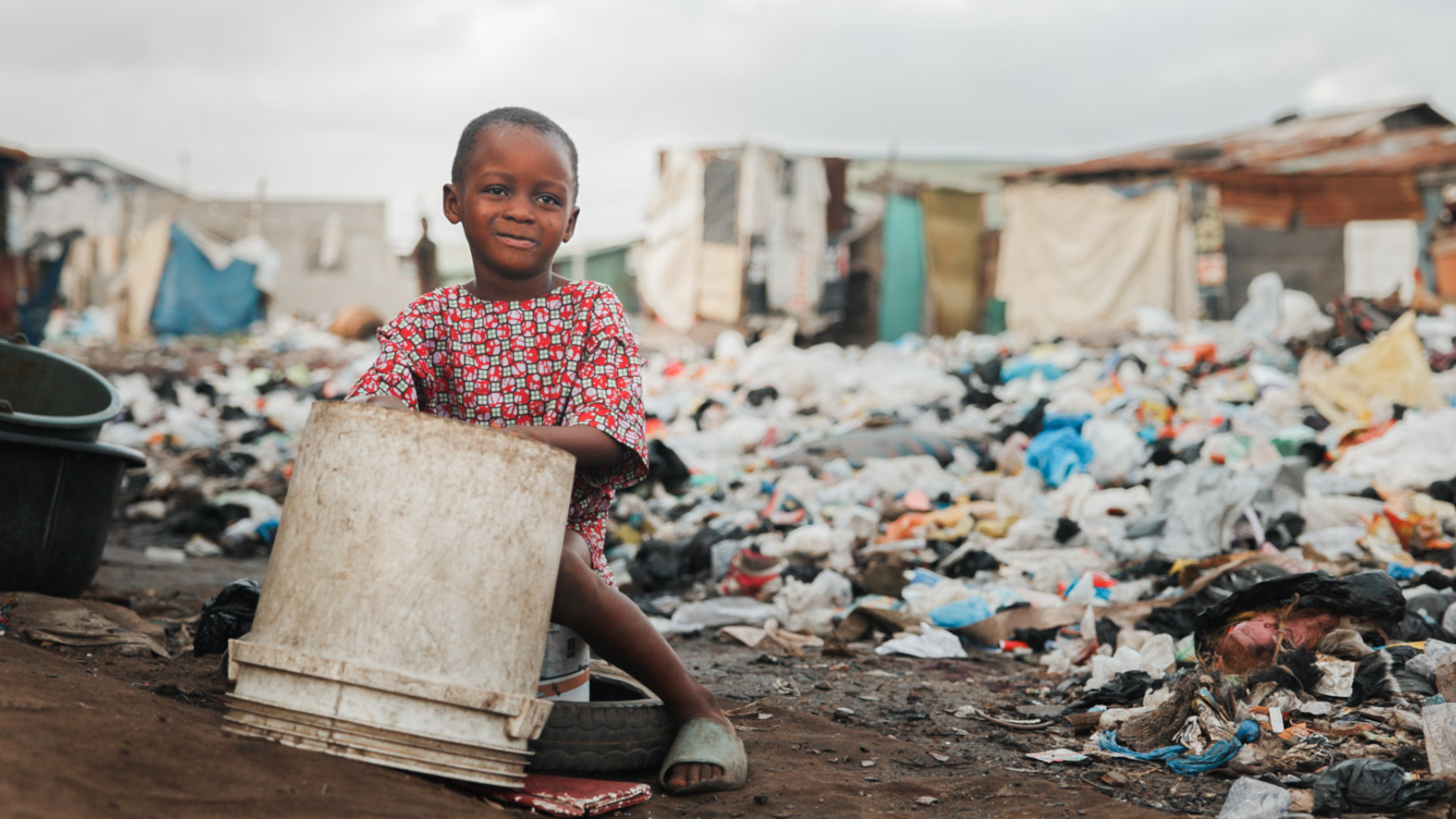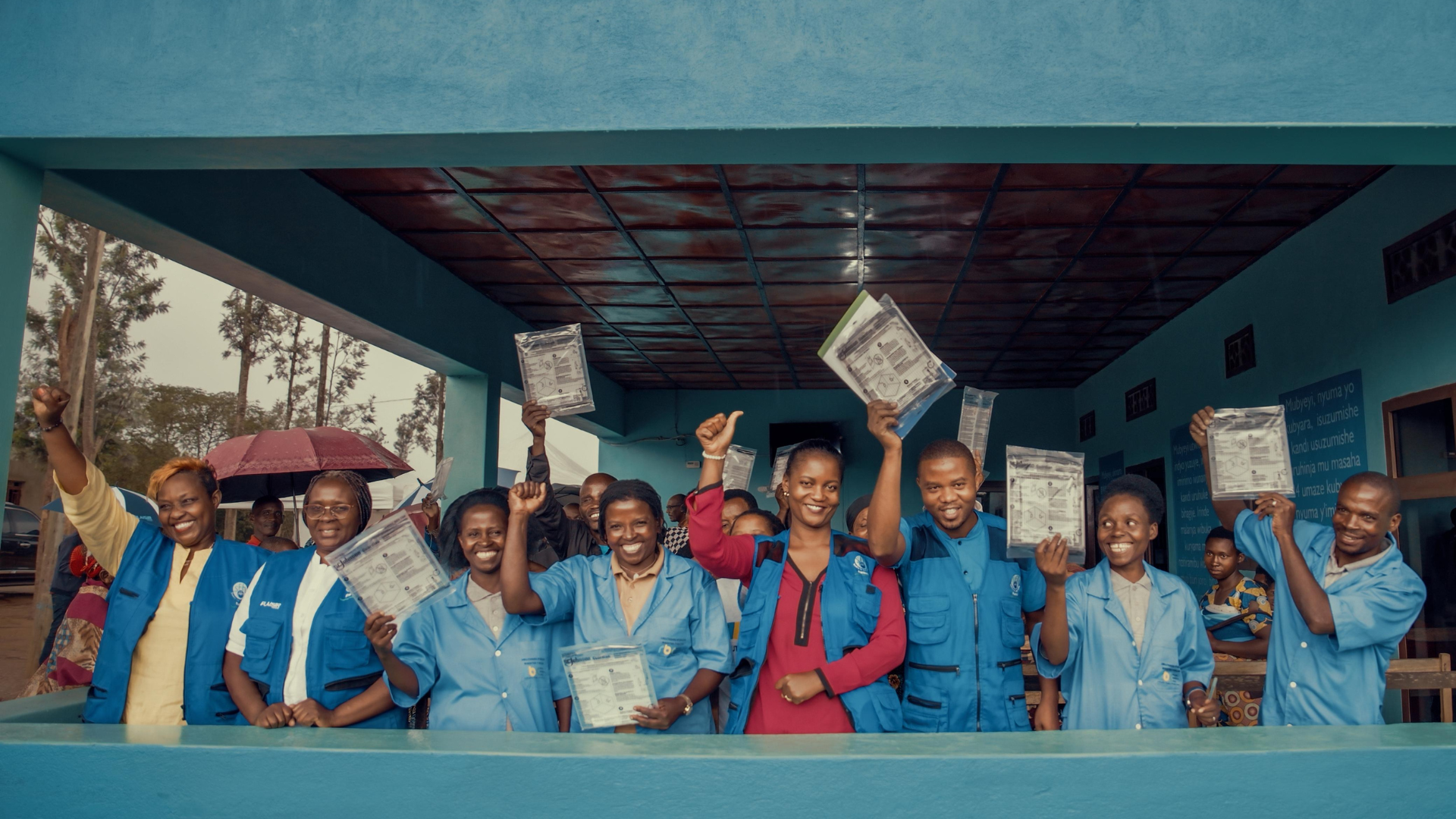The High Cost of a Mosquito Bite
In many regions, contracting malaria from a mosquito bite can mean missing school, lost income, lasting illness or worse.
Every parent wants the same thing: to keep their child safe and healthy. However, in many parts of the world, something as small as a mosquito bite can put that safety at risk. Every minute, a child under the age of five dies of malaria. In 2022 alone, over 600,000 people died from the disease, three-quarters of them children under five. That’s more than 1,000 children lost each day to a preventable disease.
The repercussions of malaria don’t stop there. It’s a daily threat that keeps kids out of school, puts families at risk and holds entire communities back. It doesn’t just take lives. It takes away time, money and opportunity.

What is Malaria?
Malaria is a deadly disease caused by parasites and spread by the bites of infected Anopheles mosquitoes. It’s most common in tropical and subtropical regions, especially in rural areas where many people lack access to reliable healthcare, proper housing and basic prevention tools like mosquito nets.
Malaria symptoms usually appear a week to a month after an individual becomes infected. Common signs include fever and sweating, difficulty breathing, nausea and vomiting, chills, headache and muscle aches, among others. Antimalarial medications can treat malaria and clear the infection, but treatment must start immediately. Without treatment, malaria can cause brain damage, organ failure and death.
In many countries around the world, it remains the leading cause of illness and death. Treating malaria is especially complicated due to the parasite’s complex life cycle and its ability to develop resistance to drugs. In places like Nigeria and Tanzania, malaria spreads quickly due to the presence of highly efficient mosquito species.
Why Malaria Hits the Poor – and Children – the Hardest
Malaria and poverty often go hand in hand. The disease spreads faster in places where people live in overcrowded homes with little protection, and where medical care is difficult to access. For low-income families, missing work to care for a sick child or being sick themselves can be financially devastating. Ultimately, families lose income, perpetuating the cycle of poverty and illness that prevents communities from getting ahead.
Young children are most at risk. Their immune systems aren’t strong enough to fight off the parasite, and they haven’t built partial immunity unlike many adults who’ve been previously exposed. As kids get older, they may carry the parasite without showing symptoms, meaning they can unknowingly spread malaria, especially at school. In many regions, children spend hours each day in classrooms, including early morning and late afternoon, when mosquitoes are most active. If schools aren't protected, they can become hotspots for transmission.
Malaria further affects learning by impacting childhood development. It’s a leading cause of school absenteeism in sub-Saharan Africa. Sick children miss class, whereas others stay home to care for siblings or cope with the loss of a family member. Even when children return, malaria can leave lasting effects like memory loss or difficulty concentrating, making it even harder to catch up.
A New Solution: Spatial Repellents
Despite progress with tools like bed nets and indoor sprays, gaps remain. These tools are effective, but they don’t fit every setting. Nets can be hard to use in hot, humid conditions. They only protect people while sleeping, and they don’t help in classrooms or semi-open spaces where kids spend much of their day.
That’s where spatial repellents can help.
Spatial repellents, such as SC Johnson Mosquito Shield™ and SC Johnson Guardian™, are designed to reduce mosquito presence in everyday settings, like schools, homes and community spaces, without needing electricity, batteries or constant upkeep.
They hang easily in semi-enclosed areas and work in the background to protect children while they learn, rest, or play. These tools are made locally in Nairobi to support quicker and more responsive distribution. As they require no special behavior change or daily maintenance, families are more likely to use them consistently.

.jpg?h=1080&w=1920&hash=F28D1534C9D526D3247FBF83F22D6EB2)
A Healthier Future Within Reach
While the number of people affected by malaria is alarming, significant progress has been made. Tools, education and public health campaigns have helped reduce the disease’s toll in many parts of the world. However, we are still far from achieving a world free of malaria. Continued innovation is essential, especially as resistance to current treatments and insecticides grows.
That’s why solutions like spatial repellents matter. By listening to families in high-risk areas, such as Ghana, or mobile workers in Myanmar, innovation can deliver tools that fit real-world situations and not just lab models. Ultimately, fighting malaria isn’t just about developing tools. It’s about tailoring prevention to people’s lives.
